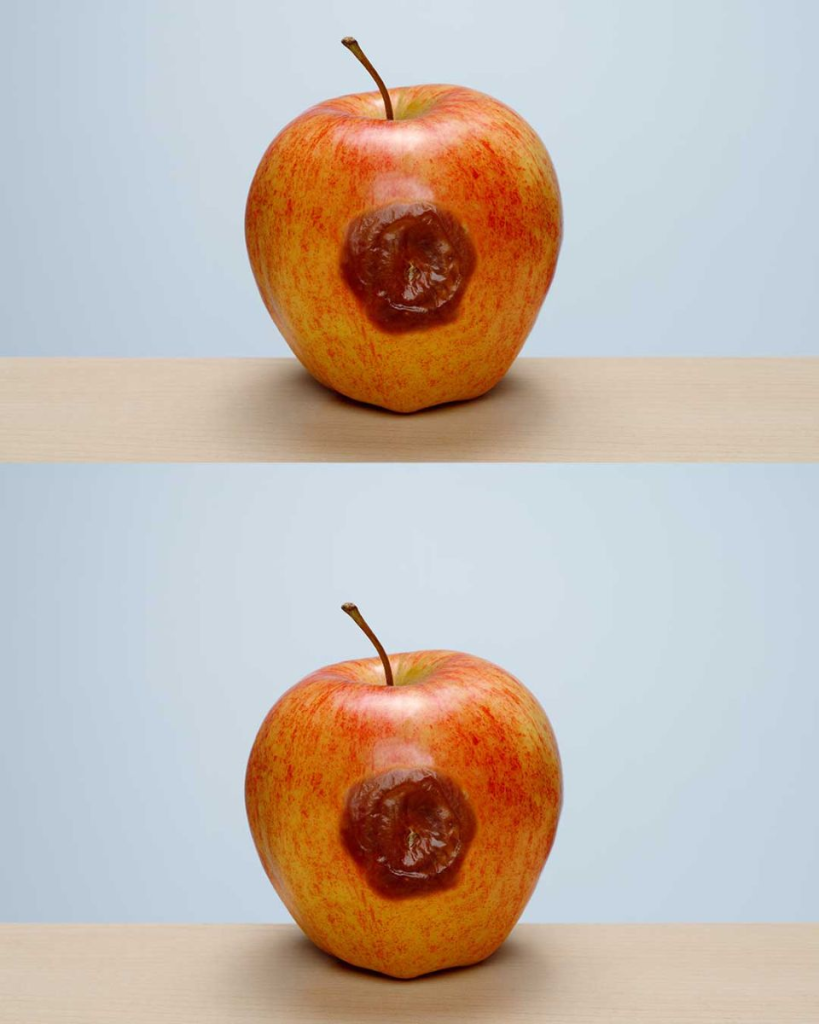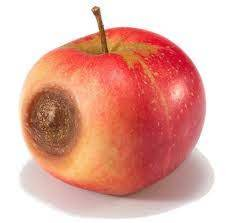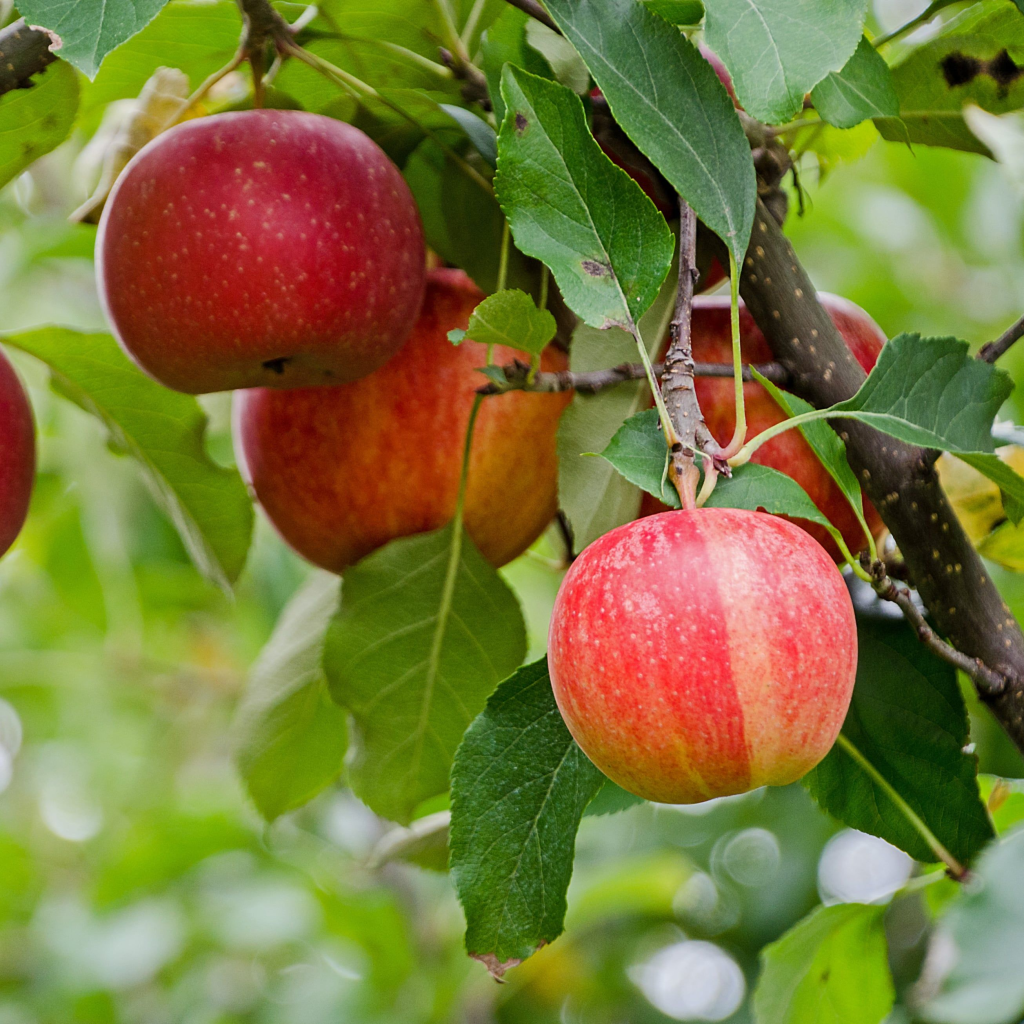We’ve all been there—reaching for an apple, only to find it bruised and slightly discolored. My mother-in-law insists that it’s still perfectly good to eat, while I have my doubts. Could bruised apples pose health risks, or is it simply a matter of preference? Let’s break down the science behind bruised fruit, the potential health concerns, and how to determine when it’s time to toss that apple.
Understanding What Causes Apple Bruising

Bruising happens when apples experience physical impact or pressure, damaging the fruit’s internal cells. This can occur:
- During harvesting and transportation
- If the apple is dropped or squeezed
- From prolonged storage in a crowded fruit bowl
When cells break down, they release enzymes that react with oxygen, causing the characteristic brown discoloration. While this process affects texture and appearance, it doesn’t necessarily mean the apple is spoiled.
Does a Bruised Apple Lose Nutritional Value?
The good news? Bruised apples still retain most of their nutrients.
- Vitamin C loss: Oxidation slightly reduces vitamin C levels in the bruised areas, but the rest of the apple remains nutrient-rich.
- Fiber and minerals: The fiber, potassium, and antioxidants stay intact, making bruised apples just as healthy as their flawless counterparts.
If you can overlook the aesthetic imperfections, a lightly bruised apple still offers a wholesome, nutritious snack.
When Does a Bruised Apple Become Unsafe to Eat?
While most minor bruises are harmless, some signs indicate that the apple may no longer be safe for consumption. Look out for:
- Soft, mushy texture – A slightly soft spot is normal, but if most of the apple is mushy, it may be rotting.
- Mold growth – White, green, or black fuzz on the bruise is a clear sign the apple should be thrown away.
- Unpleasant odor – A sour or fermented smell suggests bacterial growth and spoilage.
- Slimy or sticky surface – If the apple feels excessively wet or sticky, bacteria may be present.
If the bruised area is small and the rest of the apple is firm, simply cutting off the damaged portion should make it safe to eat. However, if any of the signs above are present, it’s best to discard the apple.
Health Risks of Eating Badly Bruised Apples
A small bruise won’t make you sick, but apples with extensive damage could pose health risks. When the skin breaks, bacteria and fungi can enter the fruit, leading to potential foodborne illness.
Some molds on apples produce mycotoxins, harmful compounds that can cause digestive issues and other health problems. While eating a mildly bruised apple is unlikely to harm a healthy adult, individuals with weakened immune systems should be extra cautious.
How to Properly Assess a Bruised Apple

To determine if a bruised apple is still good to eat, follow these steps:
- Examine the bruise – If it’s small, dry, and not moldy, the apple is likely fine.
- Check the texture – A firm apple with minor discoloration is safe. If it’s mushy, toss it.
- Smell the apple – A fresh apple smells sweet, while a spoiled one may have a sour or fermented odor.
- Cut and inspect the inside – If the interior is normal and free of mold, the apple is good to eat.
Tips to Prevent Apple Bruising
To keep your apples fresh and prevent unnecessary bruising, follow these storage tips:
- Handle apples gently to avoid impact damage.
- Store apples in a single layer instead of stacking them, which can cause pressure bruises.
- Keep apples in the fridge to slow down the ripening process and maintain firmness.
- Use padded storage containers when transporting apples to reduce the risk of bruising.
By taking proper care, you can extend the lifespan of your apples and reduce waste.
Creative Ways to Use Bruised Apples

If you’re hesitant to eat a bruised apple raw, consider using it in recipes where texture isn’t an issue. Some great ways to use bruised apples include:
- Homemade applesauce – Cook bruised apples down into a smooth, flavorful sauce.
- Apple pie or crisp – Baked apples lose their texture anyway, making bruised apples perfect for desserts.
- Smoothies – Blend bruised apples with yogurt and other fruits for a nutrient-packed drink.
- Apple cider – Turn overripe apples into delicious homemade cider.
By repurposing bruised apples in different ways, you can enjoy their nutrients while reducing food waste.
Final Thoughts: Should You Eat a Bruised Apple?
At the end of the day, whether you eat a bruised apple comes down to its condition and your personal comfort level. If the bruise is small, dry, and free of mold, it’s perfectly safe to eat. However, if the apple is mushy, smells off, or shows signs of spoilage, it’s best to discard it.
Understanding the difference between a harmless bruise and a truly spoiled apple allows you to make informed choices while minimizing food waste. So next time you spot a bruised apple, assess it carefully—because chances are, it’s still good to eat!


